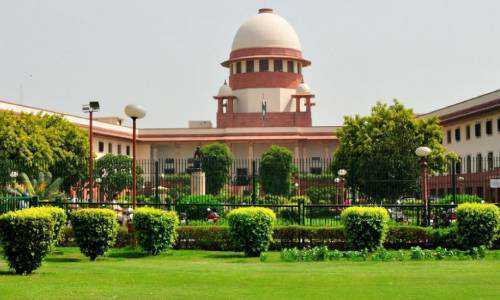
The determination of the limitation period under the Insolvency and Bankruptcy Code, 2016 was the subject of a ruling by the Supreme Court on September 18, 2019, in the case of Gaurav Hargovindbhai Dave v. Asset Reconstruction Company (India) Limited (Civil Appeal no. 4952 of 2019).
On July 21, 2011, the borrower was designated as an NPA. On October 3, 2017, a request was made in accordance with IBC Section 7. According to the NCLT, who applied Article 62 of the Limitation Act of 1963, the statute of limitations is 12 (twelve) years from the moment the debt being sued for becomes due. As a result, it determined that the application was submitted within the allotted time frame and accepted it. The NCLAT ruled that the IBC's entry into force on December 1, 2016, which is when the time of limitation would start to run, would be the only date from which it would do so. As a result, it rejected the appeal.In the instant case titled Gaurav Hargovindbhai Dave Vs. Asset Reconstruction Company (India) Ltd & Anr. The issue raised for clarification before the Supreme Court was:
Where is Article 62 of the Limitation Act applicable?
The Court categorically stated that,
"Further, it is not for us to interpret, commercially or otherwise, articles of the Limitation Act when it is clear that a particular article gets attracted. It is well settled that there is no equity about limitation - judgments have stated that often time periods provided by the Limitation Act can be arbitrary in nature."
